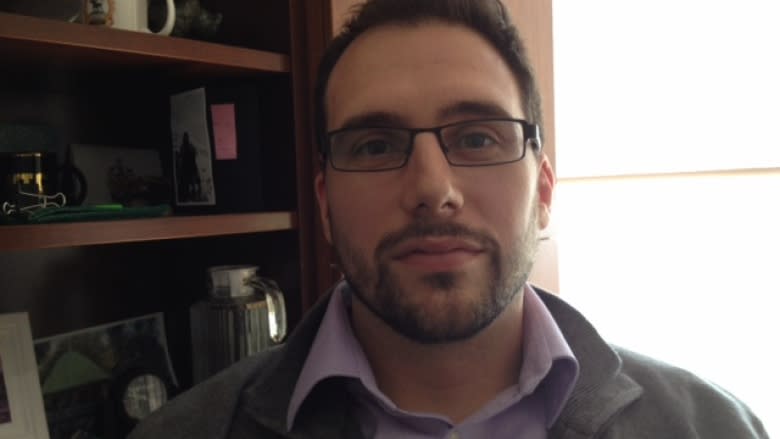Federal government sick leave plan cost may never be public
The Public Service Alliance of Canada plans to return to the bargaining table on June 12, a month after the largest union representing Canadian civil servants walked away from talks with the Treasury Board over the proposed sick leave plan.
"We're going back to the table," said PSAC president Robyn Benson. "We have other demands that are very important to our membership."
The government plans to reform the short-term sick leave program for public servants, and has already booked $900 million in savings in the budget announced in April.
"That 900 million is sacrosanct," said Tony Clement, president of the Treasury Board, on CBC Radio on May 12. "There are lots of details, important details, that can be and should be negotiated."
Benson said the plan being proposed by the Treasury Board would limit the number of sick days to five, and public servants would also be allowed five family-related days and two volunteer days.
According to the proposal, no sick days can be banked, and once the annual allotted sick days are used up, the worker would have to apply to a third-party insurance company for short-term sick days. There would be a seven-day waiting period before the short-term insurance kicks in.
No savings at Canada Post: union
Benson said a similar short-term sick leave plan was implemented at Canada Post Corporation in 2013.
According to Benson and the president of the Union of Postal Communications Employees, François Paradis, the postal service has not realized any savings from its new program.
"I believe when they first brought in the plan, the idea was to save cost," said Paradis. "What we've heard informally is there was no cost savings since the implementation of the plan."
Both Benson and Paradis said they attended a meeting last year with several vice-presidents at Canada Post.
"At that time, we asked them had they realized any savings, and they said they had not, but they also would not give us any figures of what their expenditures were," said Paradis.
Clement said Canada Post is just one of the plans the government has looked at as it develops a new system.
Savings may never be public
Benson said the costs of implementing and administering the sick leave plan may never be made public since the proposal from Treasury Board involves privatizing elements.
Paradis said this is the issue at Canada Post.
"Unfortunately, when it comes to specific costs, it's not information we have been able to get from Canada Post," said Paradis. "It's just that it's confidential private information between the corporation and the party."
The Treasury Board president said he's not sure what details will be revealed.
"We're still developing the plan," said Clement. "We are responsible to convey our costs to Parliament so they can approve those costs, so it's probably somewhere in between. Certain aspects will be confidential."
Benson raised another issue: The government may have a difficult time finding an insurance company that can handle such a huge contract.
"I'm not sure what company is large enough to administer for hundreds of thousands of individuals, some sort of short-term disability program," said Benson.
Clement said that is theoretically an issue, but it won't be known until the experts in the industry submit contract proposals to take over the short-term disability program.
Sick leave by the numbers
Under the new short-term sick leave system, this is what the government has proposed for public servants:
- Sick days per year: 5.
- Family-related leave days: 5.
- Volunteer/personal needs days: 2.
- Sick days a worker can bank per year: 0.



